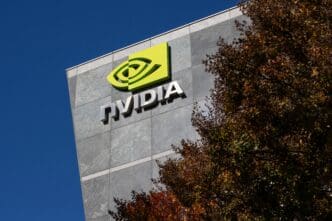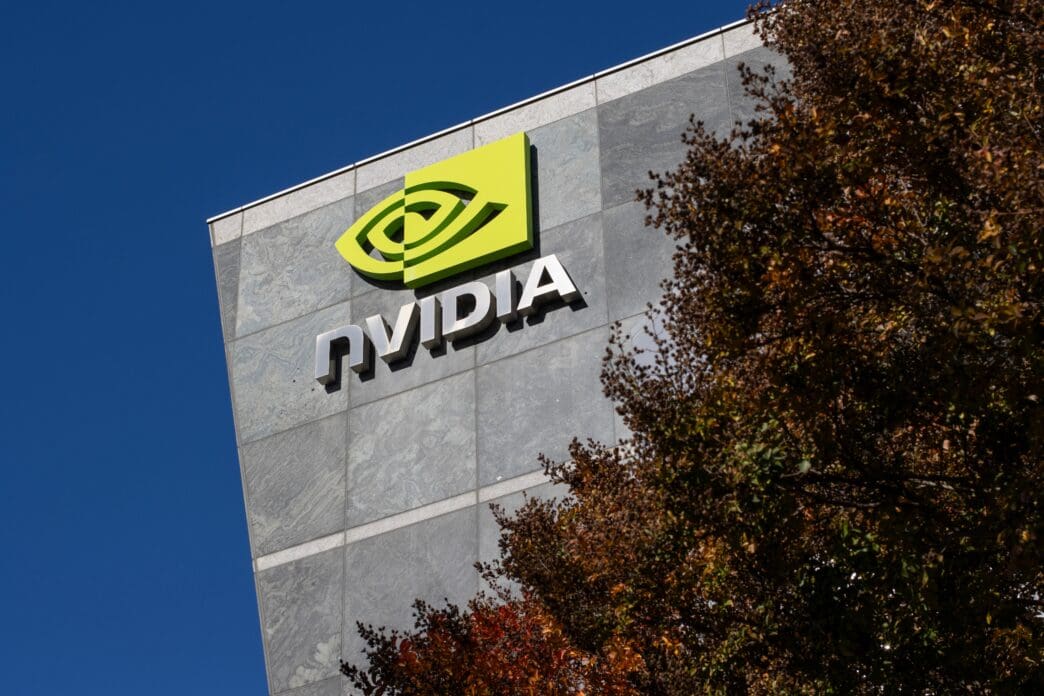Executive Summary
The Story So Far
Why This Matters
Who Thinks What?
Nvidia achieved a significant milestone on Wednesday, October 29, by becoming the first company to surpass a $5 trillion market value. This meteoric rise firmly positions the chipmaker at the forefront of the global artificial intelligence (AI) revolution, with its shares reaching a record high of $209.40 in early trading. The company’s stock has surged by 1087% since the launch of ChatGPT in November 2022, significantly outpacing the S&P 500 index’s 68.9% increase over the same period.
Analyst Perspectives on Nvidia’s Valuation
Analysts and investors largely view Nvidia’s valuation as a testament to its pivotal role in the AI sector. Matt Britzman, Senior Equity Analyst at Hargreaves Lansdown, described the $5 trillion market cap as “more than a milestone; it’s a statement,” highlighting Nvidia’s evolution from a chip maker to an “industry creator.” He further suggested that the stock might not be “overly expensive” given the market’s tendency to “underestimate the scale of the opportunity” in AI.
Kim Forrest, Chief Investment Officer at Bokeh Capital Partners, echoed this sentiment, stating that Nvidia has “earned this victory lap” and that the “great AI bubble doesn’t look like it’s close to popping.” Forrest emphasized the substantial demand for data center infrastructure, which consistently points to Nvidia’s offerings.
Daniela Hathorn, Senior Market Analyst at Capital.com, attributed Nvidia’s surge to a combination of general market optimism, easing inflation, and the prospect of lower monetary policy. She also cited an AI-driven capital expenditure boom, particularly in the chip, hardware, and cloud infrastructure sectors, suggesting the perceived “AI bubble” is backed by fundamental growth and earnings.
Drivers of Growth and Future Outlook
Michael Brown, Senior Research Strategist at Pepperstone, noted that recent strategic partnerships and robust guidance from CEO Jensen Huang, who projected $500 billion worth of business in the next five quarters, have significantly contributed to the firm’s success. Brown indicated that future gains would heavily depend on capital expenditure projections from mega-cap companies, with a substantial portion expected to be allocated to Nvidia chips.
Arthur R Hogan III, Chief Market Strategist at B. Riley, underscored Nvidia’s status as the “clear winner” in the current stage of the AI revolution, noting its “defensible valuations” with the stock trading at 35 times next twelve months earnings estimates and producing 70% gross margins. Hogan highlighted the company’s ability to outperform on all metrics, secure strategic deals, and navigate complex political landscapes.
Ipek Ozkardeskaya, Senior Market Analyst at Swissquote Bank, sees “tremendous potential for Nvidia to strike more deals,” expanding its reach beyond current borders. She believes this international exposure could help alleviate concerns regarding “circularity” within its business model.
Navigating the Political Landscape
The company’s trajectory has also been influenced by broader economic and political factors. Russ Mould, Investment Director at AJ Bell, pointed out that Nvidia’s market capitalization increase of $2.5 trillion since April was partly aided by discussions around exemptions and revenue-sharing deals related to tariffs and trade tensions. He suggested that a successful conclusion to an Asian summit between President Trump and Xi could further boost sentiment.
Ozkardeskaya further commented on the political dimension, asserting that Nvidia does not require President Trump’s direct backing in the same way a company like Intel might. However, she noted that Nvidia strategically positions itself close to the White House for potentially costly deals, such as investments in Intel or building chip facilities in Arizona, which are considered part of the cost of doing business with Washington. Beyond such considerations, she concluded that Nvidia primarily needs the administration “not to stand in the way” of its revenue generation.
Key Takeaways
Nvidia’s ascent to a $5 trillion market valuation underscores its dominant position in the burgeoning AI industry. This achievement is driven by a combination of strong market demand for AI infrastructure, strategic partnerships, robust financial performance, and a generally optimistic market outlook. While external factors like trade policies and political dynamics play a role, analysts largely agree that Nvidia’s growth is fundamentally supported by its critical technology and expanding influence in the global tech landscape.







